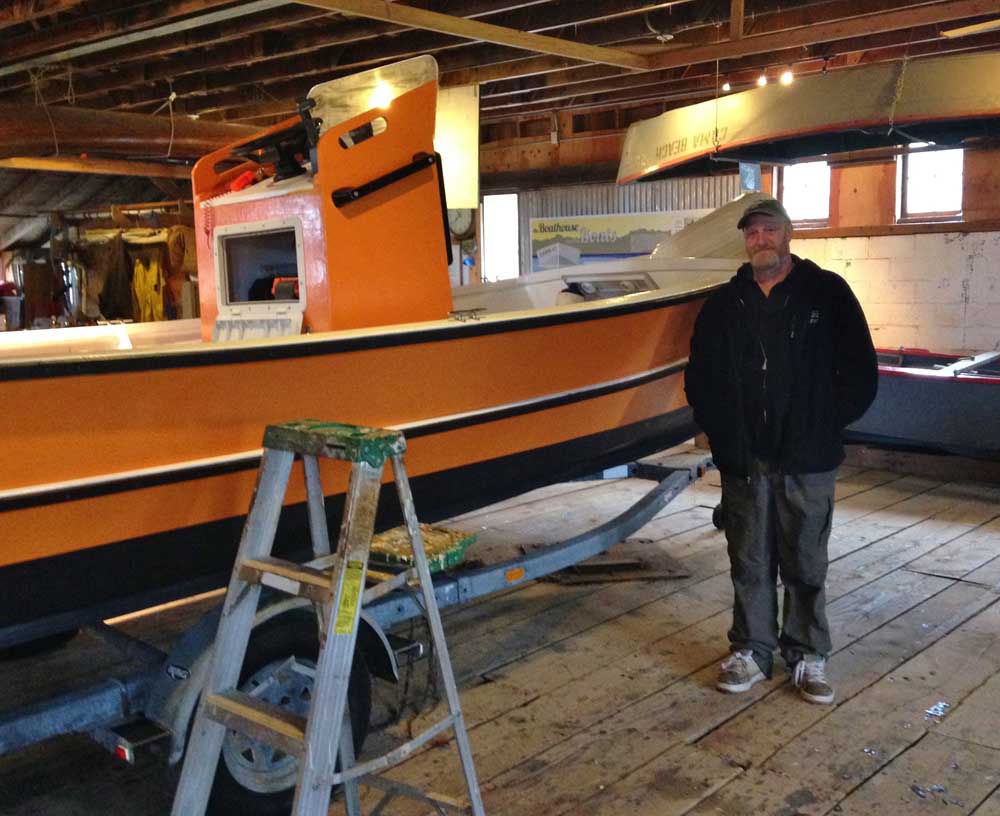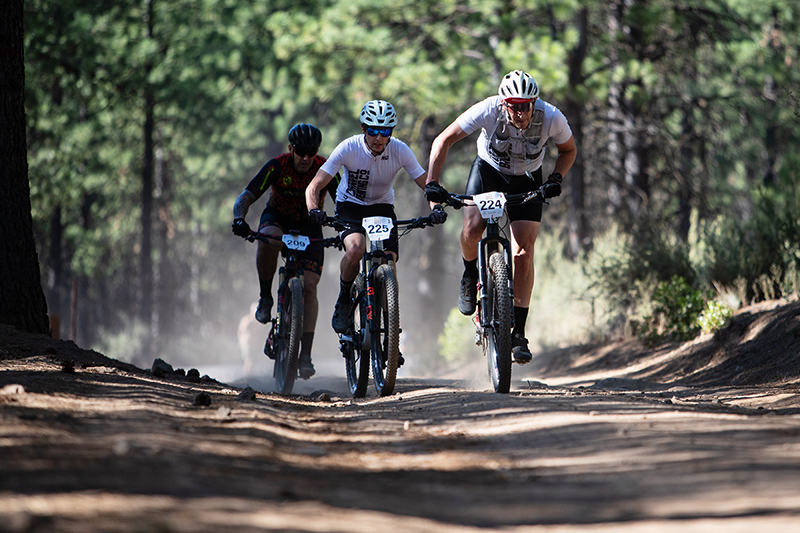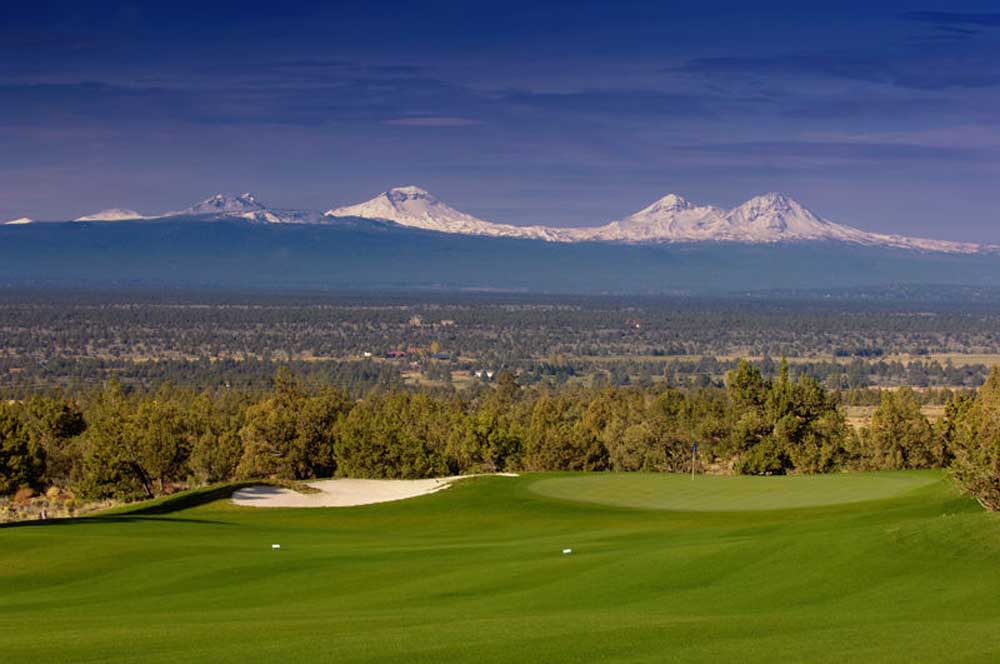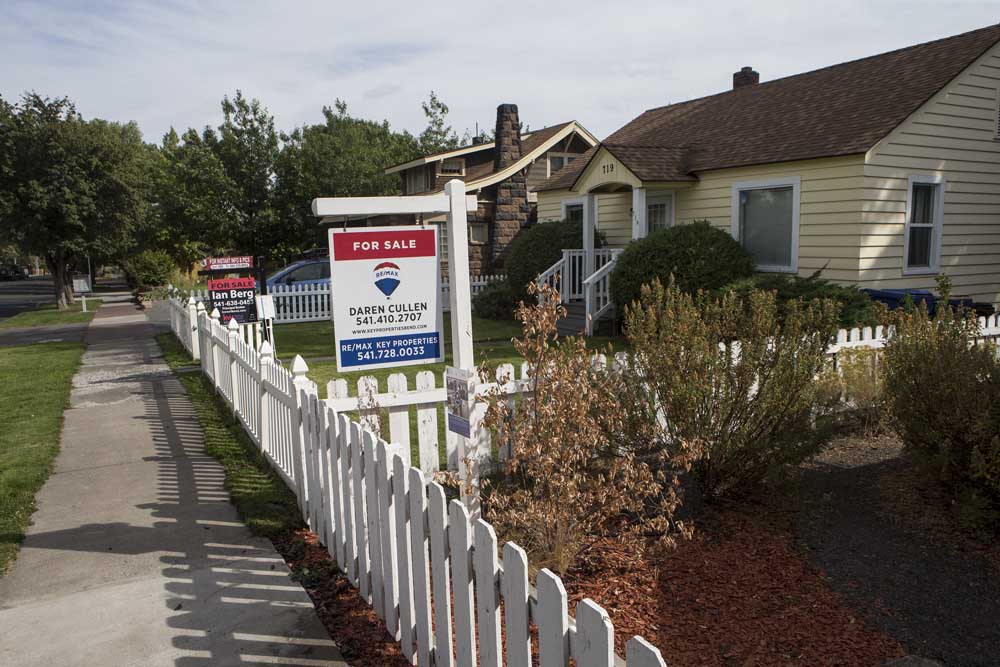Northwest Travel: Washington’s island utopia
Published 12:00 am Sunday, March 8, 2015

- Shane Bishop, Cama Beach operations manager for The Center for Wooden Boats, stands in his shop in a historic boathouse. Besides offering boat rentals, The Center has a mostly volunteer crew that builds and renovates all manner of watercraft.
CAMANO ISLAND, Wash. — When Alfred Kristoferson and his son, August, established a dairy operation on this once-remote island in 1912 and introduced the process of pasteurization to the Pacific Northwest, they could not have known that a century later, the five-generation farm would have zip-liners soaring through its trees.
I was among the brave. As I glided on steel cables between Douglas fir and Western red cedars late last month, peering through the greenery to distant views of 10,778-foot Mount Baker, I gave silent thanks that I wasn’t slogging through a milking bar in rubber boots.
Trending
August Clark “Kris” Kristoferson III, four siblings and their children now control this 231-acre Camano Island farm. The cattle have departed, but the family continues to produce hay in its fields and timber from a designated 100-acre tree farm.
Five years ago, looking for ways to diversify in a struggling economy, the Kristofersons cast their eyes toward recreational opportunities and discovered zip-lining. They studied the adrenaline-inducing sport in several locations before starting construction on their own set of lines.
Canopy Tours Northwest opened on the farm in August 2011. The erstwhile dairy barn is now the staging area, where trained guides outfit adventurers with sturdy harnesses while outlining safety considerations. Then it’s off to the woods, which rise on an east-facing hillside adjacent to the Camano Ridge Forest Preserve.
There are six zip lines, their platforms anchored firmly to old-growth conifers, some with panoramic outlooks across Livingston Bay toward the Washington state mainland. But this isn’t a high-anxiety course. Children as young as 5, and one bucket-lister who came on her 97th birthday, have easily handled the moderate network with the guides’ assistance.
And Kristoferson is especially pleased to have added an education component to the sport; interpretive displays atop each platform showcase sustainable agriculture and forestry practices. “If someone can take away maybe one thing they didn’t know before, we think that’s good,” he said.
No ferry, no town
Trending
Camano Island, an hour’s drive north of Seattle, is full of surprises. An unincorporated district of Island County, it is separated from Whidbey Island by as little as 2 miles of water but more than 30 miles of highways. No ferries serve Camano; instead, a two-lane bridge from Stanwood, a mainland town of about 5,000, passes over marsh and the skinny Davis Slough to arrive at the northeastern edge of Camano Island.
Heavily wooded Camano is said to be home to 17,000 full-time residents, but a visitor would never know it. There’s no town center — no town at all, in fact — and a couple of shopping areas. One of them, at Terry’s Corner where state Highway 532 enters from Stanwood and Interstate 5, has a visitor orientation.
The other, which includes the island’s only supermarket, is 2 miles farther down the road beside the public golf course.
Camano Island is shaped much like a sea otter, its muzzle pointing toward the land bridge to Stanwood, its long tail dangling 22 miles south toward Everett. Iverson Spit represents the otter’s shellfish-nibbling paws; Utsalady Point, site of a late-19th-century sawmill, is the creature’s shoulder.
The island’s history has generally been quiet, but folks still talk about Colton Harris-Moore, the teenage “Barefoot Bandit,” who was raised on Camano. Arrested in 2011 after stealing a small plane and teaching himself to fly, he was sentenced to prison for multiple instances of burglary, theft, malicious mischief and other crimes. He became an anti-hero to some observers, although Camano citizens don’t hold him with that level of esteem.
What they do hold in high regard are their two state parks, especially Cama Beach, midway down the island’s west coast and just north of its sister, Camano Island State Park.
Cama Beach
One can catch glimpses of the entire history of Camano Island at Cama Beach. The 40,000-year-old tusk of a Columbia mammoth, one that stood 9 feet tall at the shoulder, was unearthed in a landslide just above the Saratoga Passage shoreline: It’s on display in the office of park Manager Jeff Wheeler, along with prehistoric teeth and other artifacts.
Coastal Salish peoples made this shoreline a seasonal camp for at least 1,600 years, perhaps much more. They harvested fish and shellfish, foraged roots and berries, hunted seals and deer. By the late 1800s, a logging camp had been established on the site; it was succeeded by what Wheeler described as “a stump farm with cattle” until the Stradley family purchased the acreage and opened it as a family fishing resort in 1934.
Cama Beach remained with the Stradleys for 55 years. When the resort closed in 1989, heirs requested its transfer to the State of Washington. Cama Beach State Park formally opened in 2008, with many of its original structures — including more than 30 tiny but charming guest cabins — renovated for overnight use.
Guests are expected to provide their own bedding, and most of the smaller cabins share use of a bathhouse. A few of the larger cabins have kitchen and private bath facilities. Each cabin is charming, especially on sunny days, when the snowy crest of the Olympic Mountains may be seen rising above Whidbey in the west.
In the heart of the shoreline cabin community is The Center for Wooden Boats, which occupies the resort’s former boathouse. Today it continues to rent boats and canoes as it did during the Stradley era, but Operations Manager Shane Bishop now directs a mostly volunteer crew in the construction and renovation of a range of other vessels, including kayaks and baidarkas (Aleut kayaks).
Private vehicles aren’t permitted on the beach, so park guests must leave their cars in small lots on the overlooking bluff and follow short, unlit trails to their rental cabins. At the top of the hill is the Cama Beach Cafe, a popular local breakfast spot and venue for community events.
The Island Inn
Many of the visitors who stay overnight on the island eventually find their way to the Camano Island Inn, for pampered lodging in one of its nine rooms, for a spa treatment or for a meal in its intimate bistro.
Located above a sunset-facing beach, the Inn traces its origin to the mill town of Camano City, a few miles north of Cama Beach. Built around 1904 and barged to its present site as a boardinghouse for mill workers, it was reborn as a hotel between World War I and World War II. Subsequently, it became a private residence and a nursing home, until the mid-’90s, when new owners revitalized it as a bed-and-breakfast inn.
Since purchasing the inn in 2009, Ajit and Ambili Sukesan have given it another boost, offering several treatment rooms for spa patrons and bringing in outstanding chefs. ast month, they lured Jason Aldous from The Willows Inn on Lummi Island to be executive chef.
Aldous, 30, was the sous chef at a James Beard Award-nominated restaurant on another small island, not unlike Camano. I was fortunate to eat with him on his first night on the new job, and he prepared a repast to remember — smoked mussels with seaweed and sorrel, black cod with wild peas, roast duck with mushrooms and rutabaga and a dessert of wild-herb ice cream and ginger cake.
His farm-to-table approach — the inn has its own produce farm, less than a mile away — is perfect for Camano Island visitors. The flavors of his dishes are complex and multilayered. “I like to focus on ingredients,” the chef said, “and you can’t beat the ingredients here.”
Active artists
Aldous’ culinary artistry is a nice complement to the fine arts being created in solitary studios on this island. I enjoyed visits with a trio of successful local artists.
Susan Cohen Thompson is a tree person. Indeed, a tree rises through the center of the house she shares with her engineer husband near Camano Island State Park. She describes her oils, watercolors and ceramics as expressing her spiritual relationship with nature, accented by time spent among tribes in the Amazon jungle. Faces peer through the leaves of her paintings, most of which seem to be in 50 shades of green. Long, wispy tendrils of foliage surround the full moon and embrace nesting birds.
Karla Matzke has become known for “hard-edged realism,” depicting rural buildings and cityscapes in soft pastels. She also is a sculptor in stone and steel, and she exhibits a range of her work at the Matzke Fine Art Gallery and Sculpture Park in a forest clearing off South Camano Drive.
At the same time, she is a tireless promoter of the Camano art scene, rotating themed exhibitions through her gallery (a current show, through April 12, features fabric art by six women) and expanding upon her contemporary outdoor sculpture garden with contributions by many other artists.
Danny Koffman describes his production as “art with a smile.” His tiny gallery is anything but inconspicuous: It stands at the entrance to Terry’s Corner, where the highway splits at the north end of the island. Beside the gallery is volunteer-maintained Freedom Park, adorned with Koffman’s bronze elephants. A lifetime of often-whimsical images — martini men, sports cars, a smiling Albert Einstein — are catalogued and ready for framing. “I’m an artist who is also a businessman,” Koffman explained with a smile.
“So many people have not yet discovered Camano Island,” said the bearded artist, who moved here from California several years ago. “Our goal is that they not only discover it, but are inspired by it. This is a place of celebration. My goal is about celebrating the things that people feel passionate about.”
Coffee culture
Perhaps no one feels more passionate about Camano Island, or life in general, than business leader Jeff Ericson. Having made a small fortune in the quick-print industry, he retired at the age of 30, moved from Arizona to Camano and invested his millions in coffee. That was 23 years ago.
To hear Ericson tell it, coffee, like money, is a means to an end, not an end in itself. Never mind that Camano Island Coffee Roasters is ubiquitous on this little island. It’s about the bigger picture.
Start with the beans, which come from 32 villages in eight countries in Asia, Africa, South America and the Pacific. “In one generation, we’ve gone from people wondering what they’re going to eat, to sending their kids to college,” Ericson said. “Of course this is free-trade coffee, but it’s more than that. We support land ownership for agricultural workers, clean water and nutrition. Our job is to make the whole supply chain clean.”
And although he spends about half of his year on the road, traveling between the coffee-producing communities, he is equally devoted to his Camano Island community. The roastery anchors a 17-acre campus known as the Camano Island Marketplace, featuring a store where island artists, writers, weavers, woodworkers and others can sell their wares. A seasonal farmers’ market is staged around an open-air amphitheater used for music and other events. Two restaurants — The Collective, a popular pour house with 40 taps, and the new Red’s Fish House — face the amphitheater, and a yoga studio occupies a second-story space above.
“Where do you get a life like this?” Ericson mused. “I think the inconvenience of Camano is what creates the passion for Camano. You only live here because you really want to.
“The islanders are all family. I feel like I contribute to a living economy on this island.”
— Reporter: janderson@bendbulletin.com








